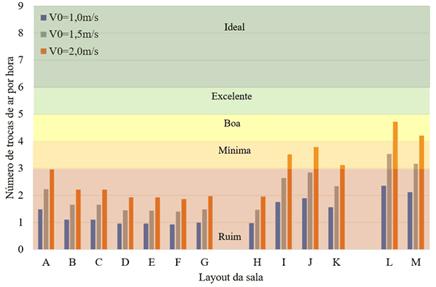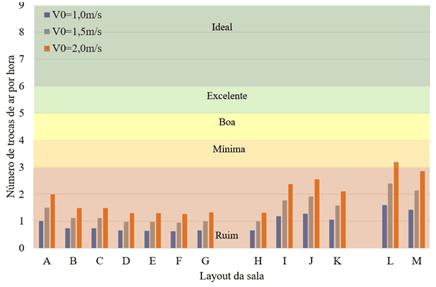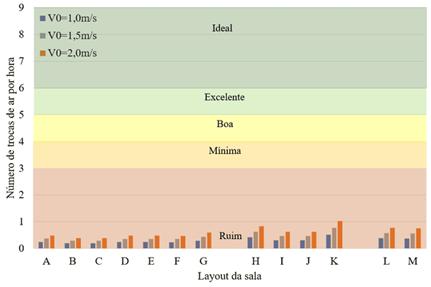Abstract
The Coronavirus pandemic aroused the academic community’s concern about indoor air quality. The main way of spreading the disease is through aerosols, with viruses present in particles that remain suspended in the air for long periods. This study seeks to understand the role of natural ventilation in the probability of contagion of the disease in classrooms. Ventilation rates were calculated by the algebraic method for classrooms in two situations: cross ventilation and unilateral ventilation. A reduction in the maximum occupancy of classrooms was proposed, considering a minimum distance of 2 meters between occupants, and maintaining a minimum ventilation rate of 27 m³/h per person. The probability of contagion was calculated for the original and reduced capacities of each room, following the methodology proposed in the literature. Each room was also classified according to its number of air changes per hour. Single-sided ventilation was insufficient to maintain adequate ventilation rates in all cases. For 11 out of the 31 rooms evaluated, a distance of 2 meters between occupants is insufficient to maintain adequate ventilation rates.
Keywords:
Coronavirus; Natural ventilation; Cross ventilation; Single-sided ventilation; Schools; Classrooms

 Thumbnail
Thumbnail
 Thumbnail
Thumbnail
 Thumbnail
Thumbnail
 Thumbnail
Thumbnail
 Thumbnail
Thumbnail
 Thumbnail
Thumbnail
 Thumbnail
Thumbnail
 Thumbnail
Thumbnail
 Thumbnail
Thumbnail
 Thumbnail
Thumbnail
 Thumbnail
Thumbnail
 Thumbnail
Thumbnail
 Thumbnail
Thumbnail
 Thumbnail
Thumbnail
 Thumbnail
Thumbnail
 Thumbnail
Thumbnail
 Thumbnail
Thumbnail
 Thumbnail
Thumbnail
 Thumbnail
Thumbnail
 Thumbnail
Thumbnail
 Thumbnail
Thumbnail
 Thumbnail
Thumbnail
 Thumbnail
Thumbnail
 Thumbnail
Thumbnail
 Thumbnail
Thumbnail
 Thumbnail
Thumbnail


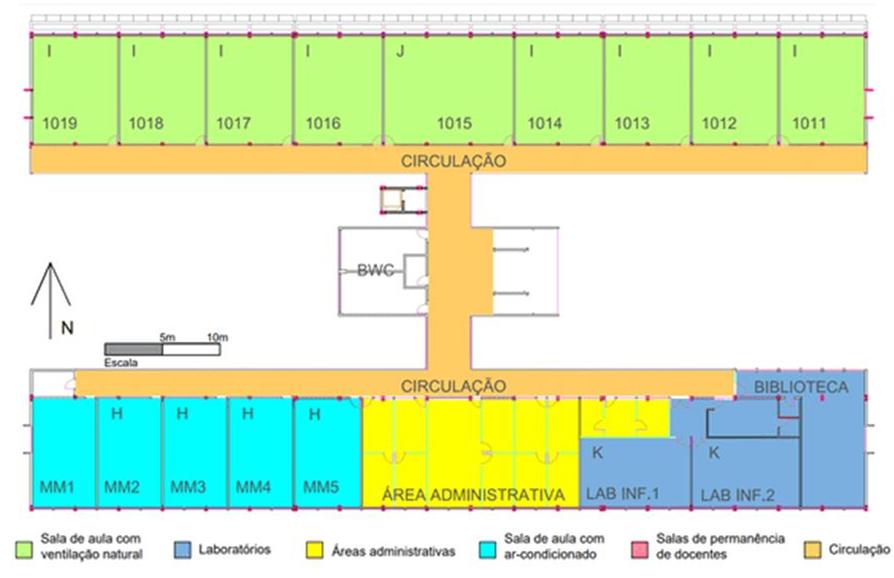
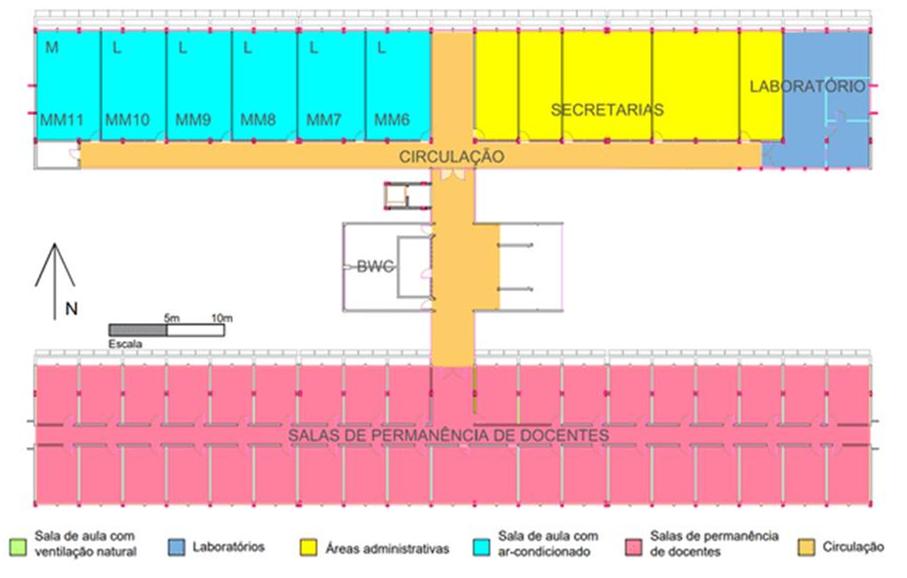





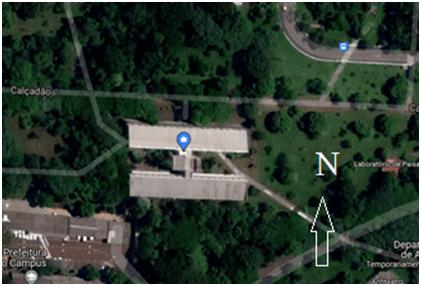 Fonte: adaptado de
Fonte: adaptado de 

 Fonte: adaptado de
Fonte: adaptado de  Fonte: adaptado de
Fonte: adaptado de 



